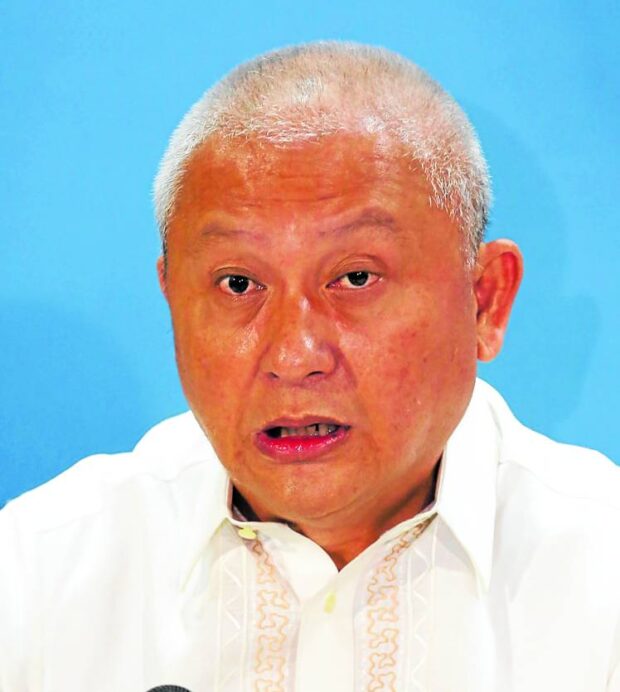
House Assistant Minority Leader Johnny Pimentel
A lawmaker on Thursday maintained that Japan would be the “logical fallback funding source” for the Mindanao Railways Project (MRP) with the Philippine government backing out from loan negotiations with China.
In a statement ahead of Japanese Prime Minister Fumio Kishida’s visit to the Philippines, House Assistant Minority Leader Johnny Pimentel said that he saw Japan as the “best recourse” in enabling the government to push through with the project.
Pimentel, who represents the second congressional district of Surigao del Sur and a member of the House committee on flagship programs and projects, said: “Our sense is, Japan is our best recourse, considering that JICA (Japan International Cooperation Agency) is already helping our Department of Transportation in modeling our 30-year railways master plan for Metro Manila, Central Luzon, and the Calabarzon (Cavite, Laguna, Batangas, Rizal, Quezon).”
The JICA, he said, is already providing the Philippine government “the extremely low-interest official development assistance (ODA) loans” for the Metro Manila Subway and other rail projects in Luzon.
“We might as well ask them to double down and grant us the concessional loan for the MRP,” he said.
“We absolutely need the MRP to accelerate the transfer of people and goods, and drive Mindanao’s economic and social development,” Pimentel added.
Job generation
According to the lawmaker, he expects the railway project to generate tens of thousands of construction-related jobs and livelihood opportunities that would benefit low-income families over several years.
Phase 1 of the MRP is projected to cost P83 billion and would involve the construction of a 102-kilometer train line linking Tagum City, the provincial capital of Davao del Norte, with Digos City, the provincial capital of Davao del Sur, through Davao City.
The train line is anticipated to cut to just an hour, from over three hours, the travel time between Tagum and Digos and accommodate up to 125,000 commuters daily.
As originally designed, the entire MRP will eventually consist of a 1,544-kilometer railway covering the cities of General Santos, Cagayan de Oro, Iligan, Cotabato, Zamboanga, Butuan, Surigao and Malaybalay.
Last week, Transportation Secretary Jaime Bautista said they were instead looking at government funds, the ODA loans, and the public-private partnership scheme to fund the first railway project in Mindanao.
Bautista said they were targeting to secure the financing for the hybrid passenger and freight line by the first quarter of 2024.
The MRP was one of three major railway projects whose loan negotiations with China Export Import Bank were overtaken by the change in the country’s leadership last year.
Talks on Chinese funding for the three projects began in 2018 after these were approved by the National Economic and Development Authority during the administration of then President Rodrigo Duterte.
Award
In January last year, the contract for the P142-billion Philippine National Railways South Long Haul project, also known as the Philippine National Railways’ Bicol Express, was awarded to the joint venture of China Railway Group Ltd., China Railway No. 3 Engineering Group Co. Ltd., and China Railway Engineering Consulting Group Co. Ltd.
The contract for the construction of the P51-billion Subic-Clark railway project was earlier awarded to China Harbour Engineering Co. in December 2020. However, the P83-billion Tagum-Davao-Digos segment of the Mindanao project failed to proceed after China was unable to submit a shortlist of contractors for its design-build contract.